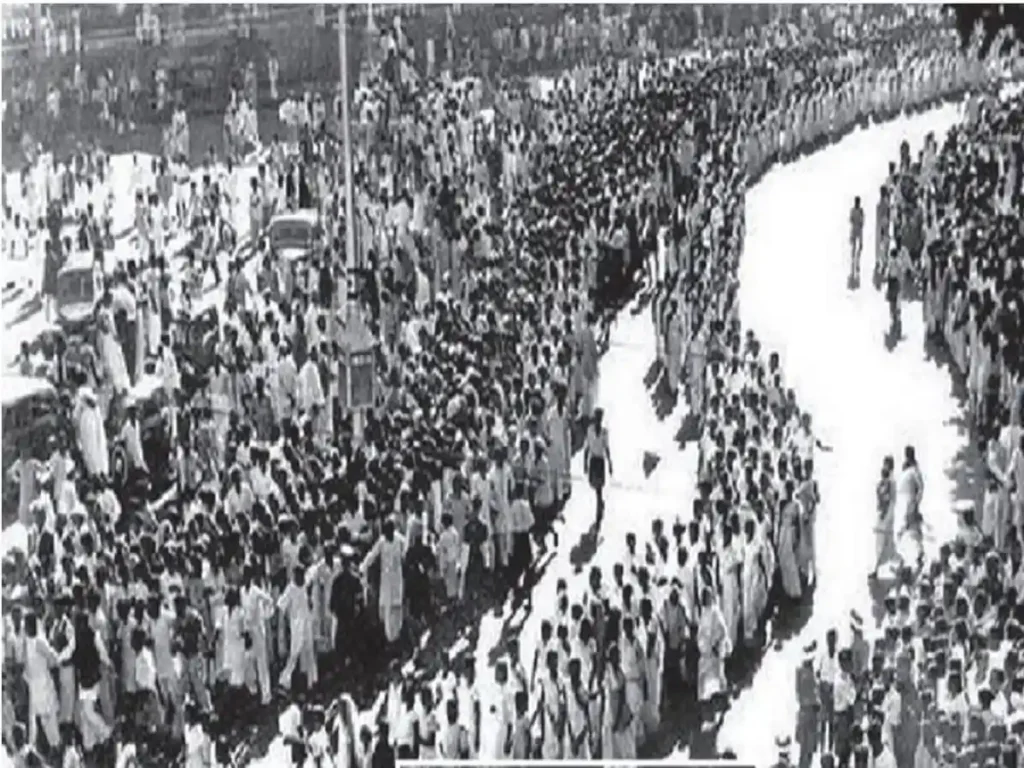During World War II, Mahatma Gandhi initiated the Quit India Movement, also known as the August Movement, he began the Quit India movement from Mumbai’s Gowalia Tank Maidan, popularly known as August Kranti Maidan. The movement was launched in the Bombay session of the All India Congress Committee on August 8, 1942, proposing an end to British rule in India.

As a result of the effort, Congress Party was branded an illegal organization, and its offices across the country were ransacked. With this occurrence, the leaders were imprisoned, resulting in a volatile situation in the country.
The Events As They Happened
Following the setback of the Cripps Mission to garner Indian assistance for the British war campaign, Gandhi gave his Quit India address on August 8, 1942, at the Gowalia Tank Maidan in Bombay. The All India Congress Committee organized a huge demonstration calling for “a dignified British exit” from India. Despite being at war, the British remained willing to react.
Within hours of Gandhi’s speech, nearly the entire top leadership of the Indian National Congress was put in jail without prosecution. Many served the duration of the war in jail, away from the population.
The Viceroy’s Council (which included a majority of Indians), the All India Muslim League, the Hindu Mahasabha, the princely states, the Indian Imperial Police, the British Indian Army, and the Indian Civil Service all backed the British. Many Indian industrialists that benefited from substantial wartime investments opposed the Quit India Movement.
Many students were more interested in Subhas Chandra Bose, who was in exile and siding with the Axis powers. The Americans were the sole foreign backing, as President Franklin D. Roosevelt pressed Prime Minister Winston Churchill to agree to some of the Indian conditions. The Quit India movement was decisively defeated. The British declined to give instant autonomy, claiming that it can only occur after the war finished.
Small-scale violence erupted across the country, and the British captured huge numbers of activists and leaders, imprisoning them through 1945. In terms of direct goals, Quit India did fail due to intense and forceful crushing down, poor organization, and an absence of a defined course of action.
Eventual Conclusion
However, the British administration recognized that India would become unruly in the long term, and the postwar challenge remained on how to go graciously and quietly exit India eventually. The movement may have been a failure in terms of direct impact but it had laid the foundation for Indian Independence.
The British had realized the agitations and organizations among the masses and had to concede to them. They had understood that the massive country will not be under their control for too long and it was time to concede in a stately manner. The eventual result was their exit, and India earned their Independence on 15th August 1947.

